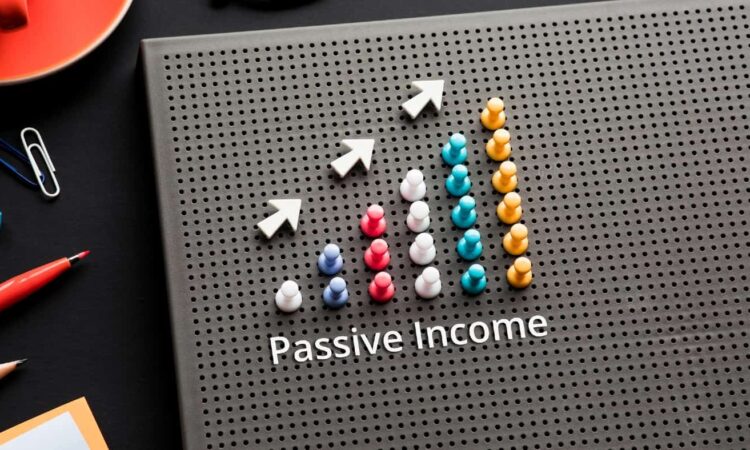

Image source: Getty Images
Building streams of passive income is a goal for many. And making extra funds outside of my main source of income will provide me with an extra layer of financial security.
I think buying dividend shares is one of the easiest ways to start generating additional cash. And by starting now I’m hoping to build up a sizeable pot that I can dip into in later life.
I don’t need an abundance of money to start doing this. With just £100 a month, here’s what I’d do.
Choosing the best
I’d put my money to work in the stock market. Some savings accounts may offer relatively attractive returns at the moment. However, with my money sitting in the bank, I’m missing out on the growth opportunities that the market provides.
More specifically, I think the FTSE 100 is a strong entry point. Many of its constituents are household names whose products are used every day. And as Warren Buffett says, it’s best to invest in companies we understand.
On top of that, the Footsie provides some of the best passive income opportunities. After all, its average dividend yield is around 4%. For comparison, the S&P 500’s is under half of that.
Within the index, I’d look for companies that have a track record of providing stable growth. While past performance is no indication of future returns, this will offer me greater confidence that the companies I invest in will be able to withstand any economic downturn, such as what we are seeing right now.
I must also do my due diligence. For example, I’d be looking at the financial health of companies, more specifically their balance sheets. A firm with high levels of debt may be at risk should it come under financial pressure. What’s more, with interest rates amplified, and predictions the UK base rate won’t decrease to 2%-3% until the tail end of next year, debt will be more expensive to finance.
I’d also look for businesses that have a history of returning value to shareholders, such as Dividend Aristocrats. These are companies that have paid and increased payouts to shareholders for a prolonged period.
There are a host of companies that tick some, if not all, of these boxes. Of these, I own names such as Legal & General, Lloyds, and Barclays, which yield 8.6%, 5.8%, and 5.5%, respectively. I also have my eye on HSBC, which yields nearly 6%.
How much can I make?
£100 a month is equivalent to £25 a week. And by cutting back my spending, for example, by a coffee every day, I could more than easily afford this.
With an average annual return of 8%, £100 a month after 30 years would equate to a portfolio worth around £125,000. At a 4% dividend rate, I’d be earning just over £9,500 a year in passive income by year 30.
Of course, I’m aware these returns aren’t guaranteed. The stock market is volatile and historical performance may not repeat itself. Nevertheless, nearly 10 grand a year in passive income is not to be sniffed at, even with the impact of inflation. And this additional money could pave the way to a more comfortable retirement.





